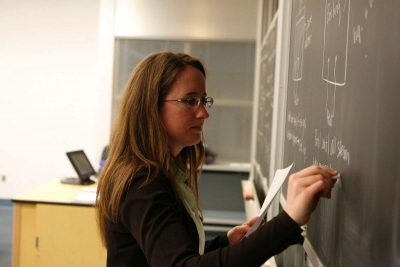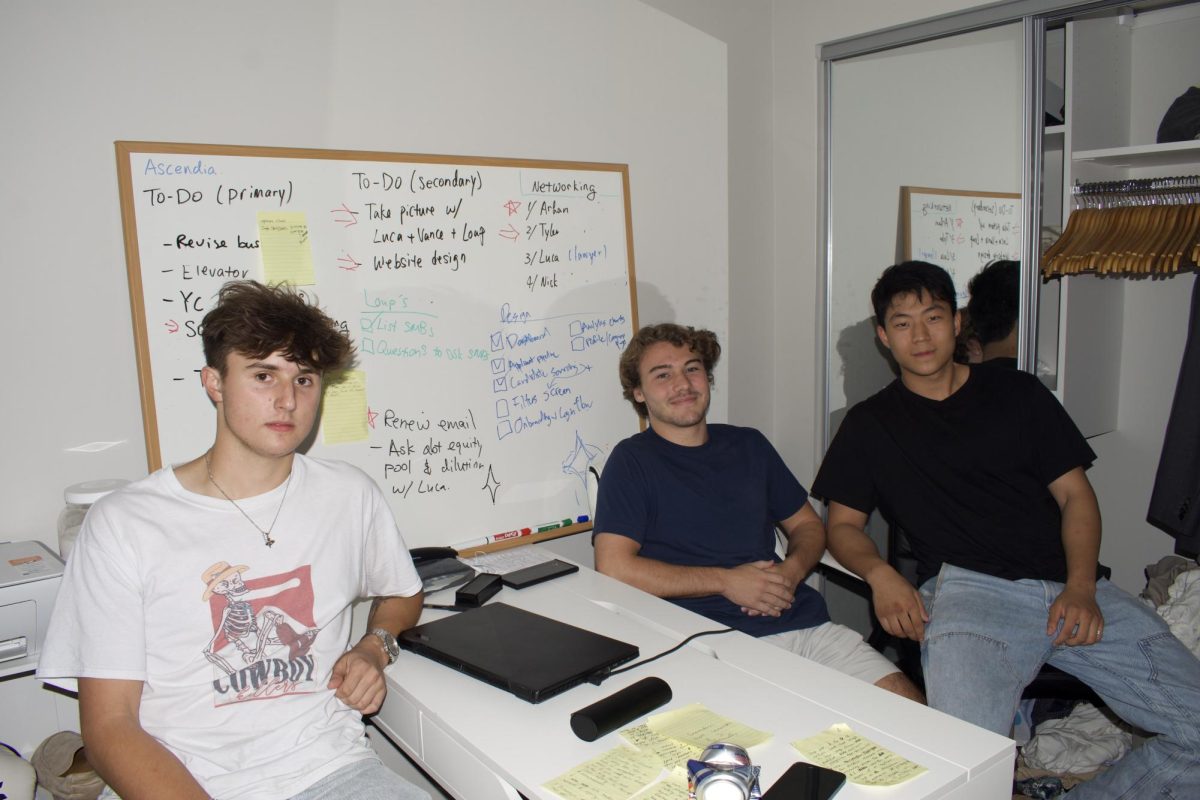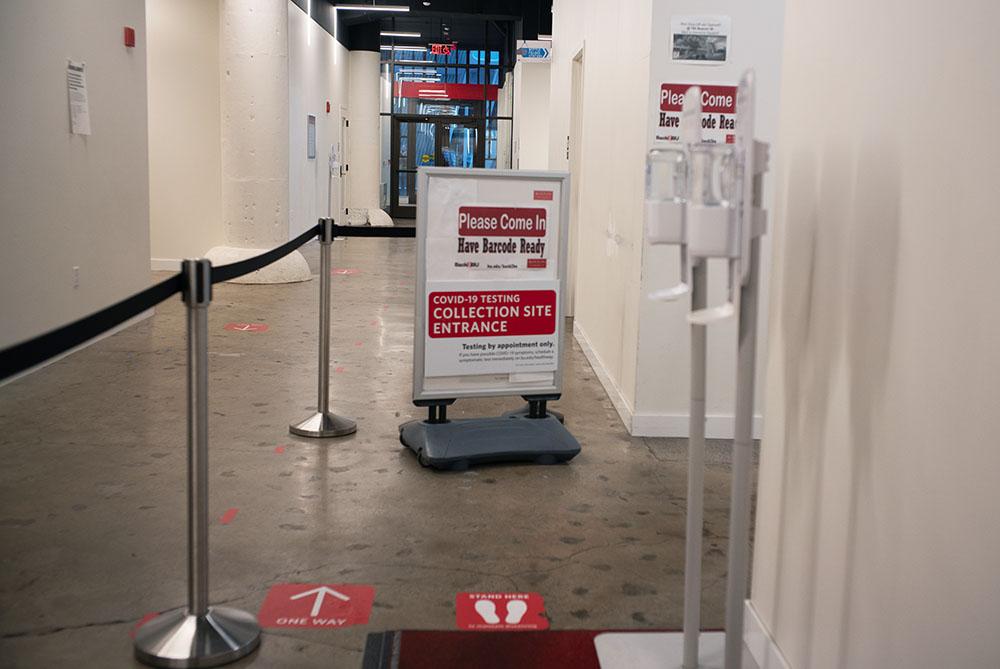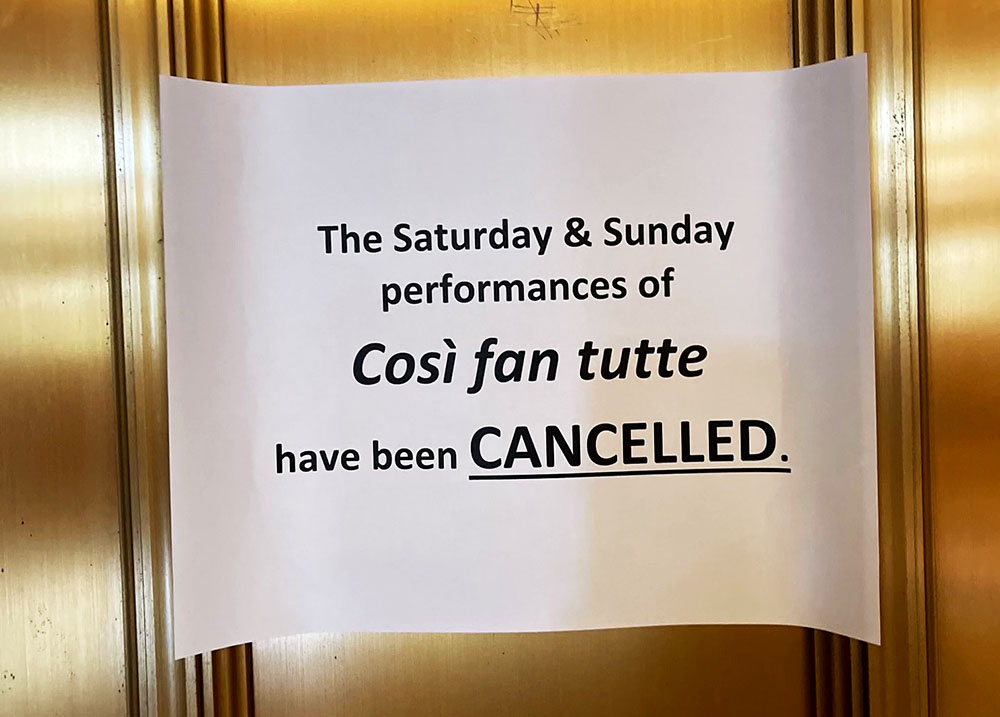In a nation struck hard by a global pandemic, public education is facing an added crisis: a vast loss of educators as budgets continue to tighten.

Just more than 2,000 public school staff members in Massachusetts received layoff and non-renewal notices this spring, Merrie Najimy, president of the Massachusetts Teachers Association, said.
These faculty cuts have occurred in 47 of the school districts represented by the MTA, and include certified teachers, paraprofessionals and support staff such as secretaries and custodians.
Najimy, having previously worked as an elementary school teacher for more than 20 years, said both the federal and state government should seek ways to further raise revenues if they aim to alleviate consequences to public education.
“The pandemic has affected the economy and that affects local budgets,” Najimy said. “There are 17 billionaires who live in Massachusetts, and they, since the pandemic, have increased their profits collectively by $11 billion, and much of that wealth is not taxed.”
In comparison to less wealthy households, the most affluent in America tend to funnel a lower percentage of their income into taxes. This holds true in Massachusetts.
Public schooling is funded largely through property tax in the Commonwealth as well as the rest of the country, meaning schools in lower-income communities receive less money as a result.
State funding for public education has drastically decreased and districts must now rely more heavily on property tax — a stable yet often inadequate stream of revenue — as a result of the pandemic and its impact on businesses.
Michel Anteby, associate professor in Boston University’s Questrom School of Business, said he worries about the growing disparity between wealthier and poorer districts.
“I think inequalities will be exacerbated,” Anteby said. “The real problem is that no one is stepping up to help out in these situations, and what I suspect is that rich school school districts and municipalities will be able to move around funds to cover some potential rehiring, but municipalities that are less rich will not be able to do so.”
State districts that have been affected most extremely by staff layoffs include Taunton, Pittsfield, Leominster and Brookline, Najimy said.
James Quaintance, president of the Taunton Education Association, said about 160 staff members in his district have received these notices. These cuts bit off a considerable chunk of the educators who worked in the district, he said.
“When you cut one-sixth of the workforce,” Quaintance said, “it’s almost impossible to maintain a quality level of education.”
Another concern that has been raised by various educators is the question of whether attending schools in-person this fall is the best idea. Quaintance said state guidelines for school reopenings fall short of the health precautions outlined by the U.S. Centers for Disease Control, including the social distancing policies.
“The guidelines for the fall, in our opinion, don’t follow CDC guidelines,” Quaintance said. “They’re saying that it’s okay to have children three feet apart in the classroom, when all of the CDC guidelines are saying that people should be six feet apart.”
Joshua Goodman, a BU associate professor of education and economics, said he believes schools should not hold back from sending students back to school. He said schools are not sites where the coronavirus has demonstrated a wide spread.
“The damage from keeping kids out of school far outweigh the relatively small risks of sending them back,” Goodman said. “We don’t have perfect evidence on this, but what evidence we do have suggests that schools do not seem to be places where this infection is spreading, and it’s not that it’s impossible for it to spread in schools, but children seem substantially less likely to be what they call ‘vectors of transmission.’”
Children are less symptomatic, Goodman said, and the CDC has reported that cases are often less severe for adolescents compared to adults. Additionally, those in K-12 are infected at much lower rates than individuals aged 18 and older — data which could further impact schools’ fall plans.
Najimy said any possibilities of returning to school are made more complicated by the recent layoffs. To enforce proper social distancing, classrooms will have to hold fewer students at once — meaning schools would have to hire more teachers than were employed pre-pandemic.
Low-income communities and communities of color are particularly in need of investment, Najimy said. These school districts are the ones most likely to lack enough nurses, counselors and custodians, she said. They also have the largest class sizes.
“We simply cannot return to school safely,” Najimy said, “without recalling all of the 2,000 classes that have been laid off and without adding additional staff.”
































































































































